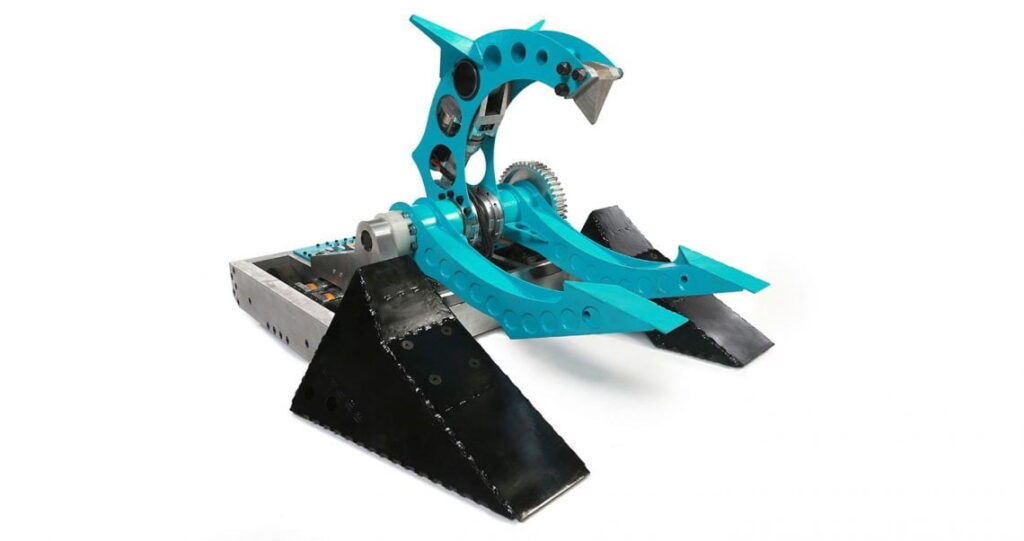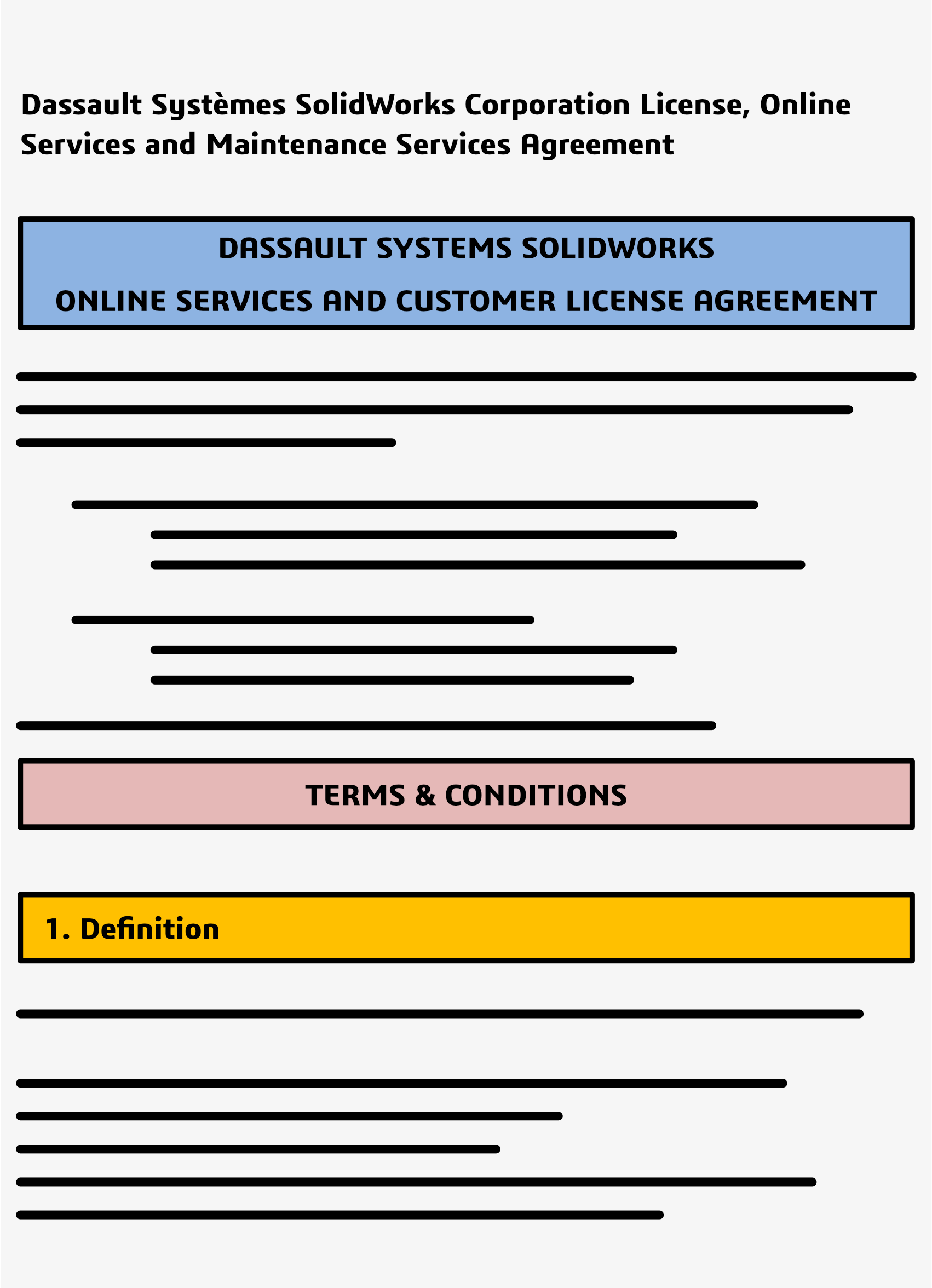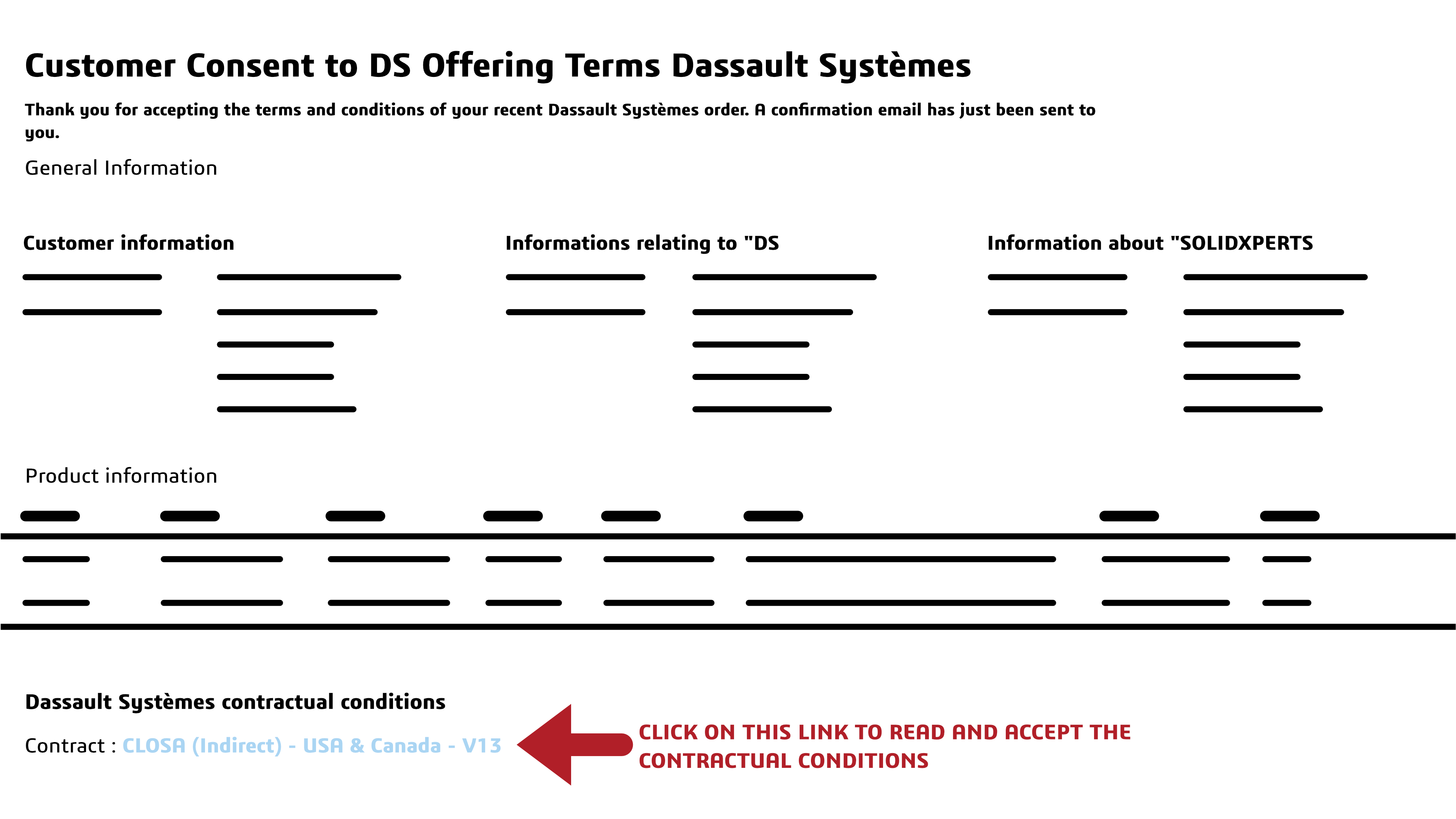Written by Senior Technical Representative – SolidXperts USA, John Nolin
There are many new uses for industrial quality 3D printers. The strength and part quality from plastic or composite printers and the price point for metal 3D printers has improved significantly over the last 5 years.
Largest in the World
Recently in the news, the UMaine Advanced Structures and Composites Center achieved 3 separate Guinness World Records related to producing an entire full scale boat with world’s largest polymer 3D printer.
The boat is a 25 foot long model 3Dirigo, that weighs 5000 lbs and has already undergone initial testing in the Alfond W2 Ocean Engineering Laboratory.
Reaching new terrain
Similarly, BowHead Corp produces the Reach adventure cycle that allows disabled persons to enjoy mountain bike or similar trail systems. The steering and suspension components are composite 3D printed and some power train components are metal 3D printed.
Christian Bagg is wheelchair bound himself and developed the first explorer cycle for his own use to better enjoy the Rocky Mountain area by the Bow River where he lives.
Better Robots
Several BattleBots teams use 3D printed components as weapons, drive systems, and chassis parts. Robots such as Overhaul and Sawblaze have been competing and winning with 3D printed parts since the 2016 season.

3D printed end effectors are a popular user upgrade or customization for traditional manufacturing pick & place robots. Also, several makers of warehouse robots and systems are incorporating 3D printed components within their end products.
A Smarter Dummy
The crash test dummy that certifies your next new car or truck has the proper safety design to protect you, has ribs and other parts that are 3D printed. The printed part design provides strengths similar to bones and allows wires and sensor electronics to be incorporated easily without interfering with the behavior in a crash.
3D printed molding fixtures are also used in the production of flexible crash test dummy neck rings. The printed molds are much more durable than other soft mold options and much less expensive than machined metal mold forms.
Forming new music
Wind instruments are generally hand formed by bending hard brass and similar tubing into the proper shape. The bending tools need to have the proper strength but not introduce any scratches which may ruin the sound of the finished product. 3D printed bending fixtures with internal reinforcement perform the job and are much faster and less expensive than traditional wood form production. For the French Horn shown, even some levers and finger pads were 3D printed.
The technique can be applied to more industrial applications such as rigid tubing pieces or microwave waveguide sections.
Several designs also exist for various sort of electric string instruments. The variety extends all the way from professional quality electric violins to a home built ukulele or guitar.
These amazing products are just a sampling of what is being accomplished recently with higher quality 3D printers and improved, lower cost materials. The SolidXperts website has several 3D printers with capacities for the inventor at home, all the way to the large firm producing metal components for test and end use.
For more information on our range of Markforged 3D printers or to talk to an Xpert, click here.
BLOG






















